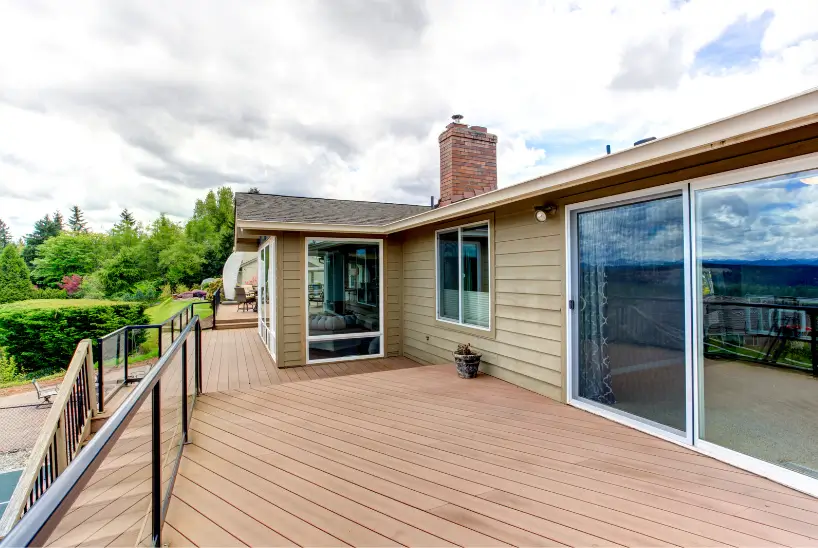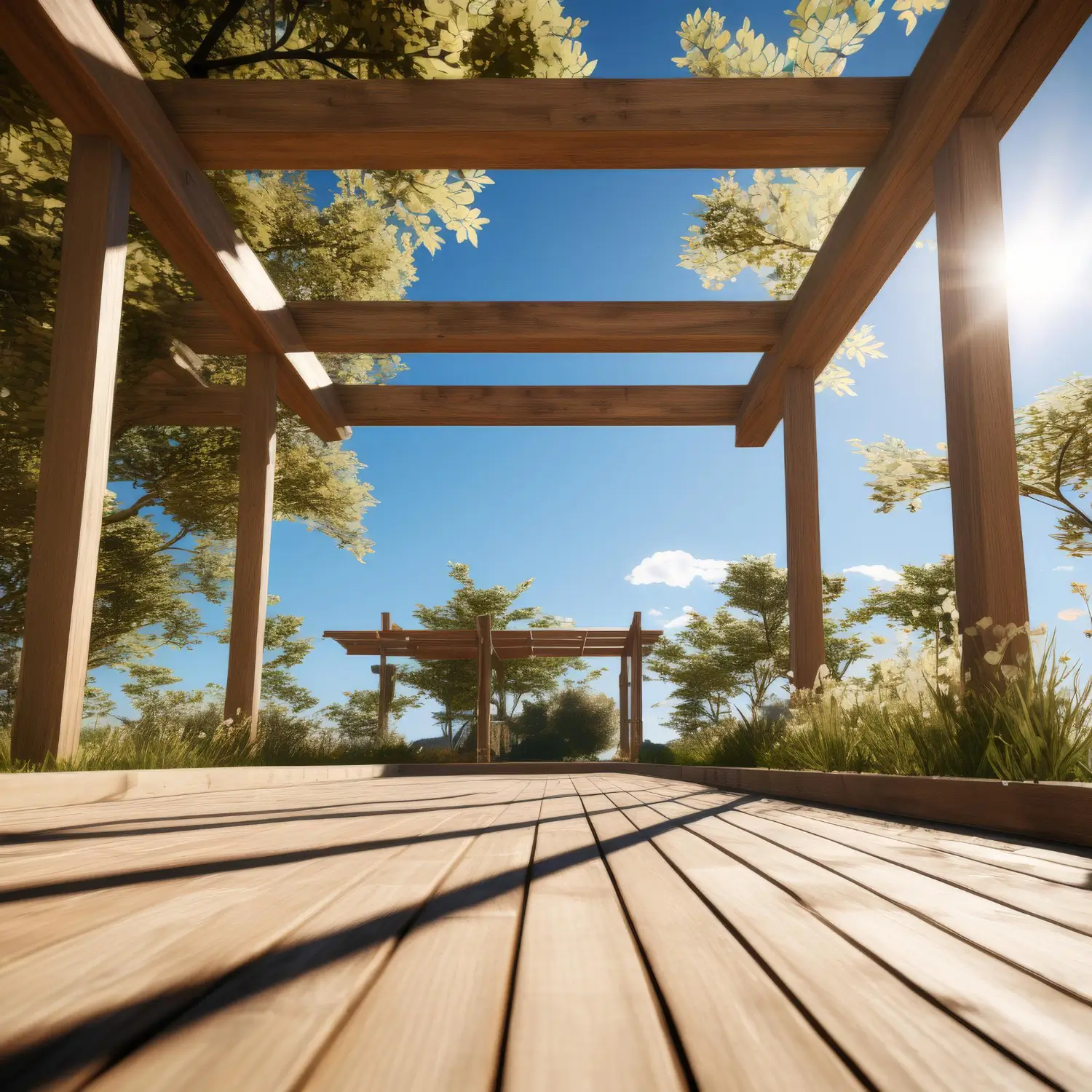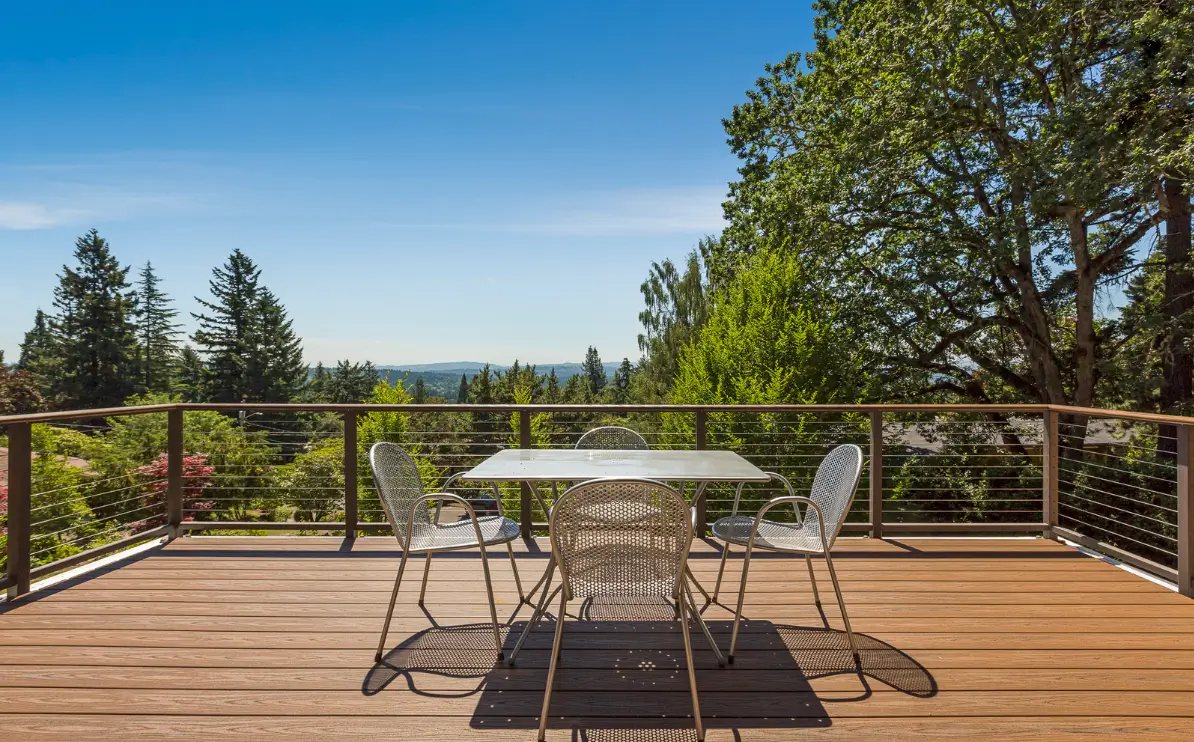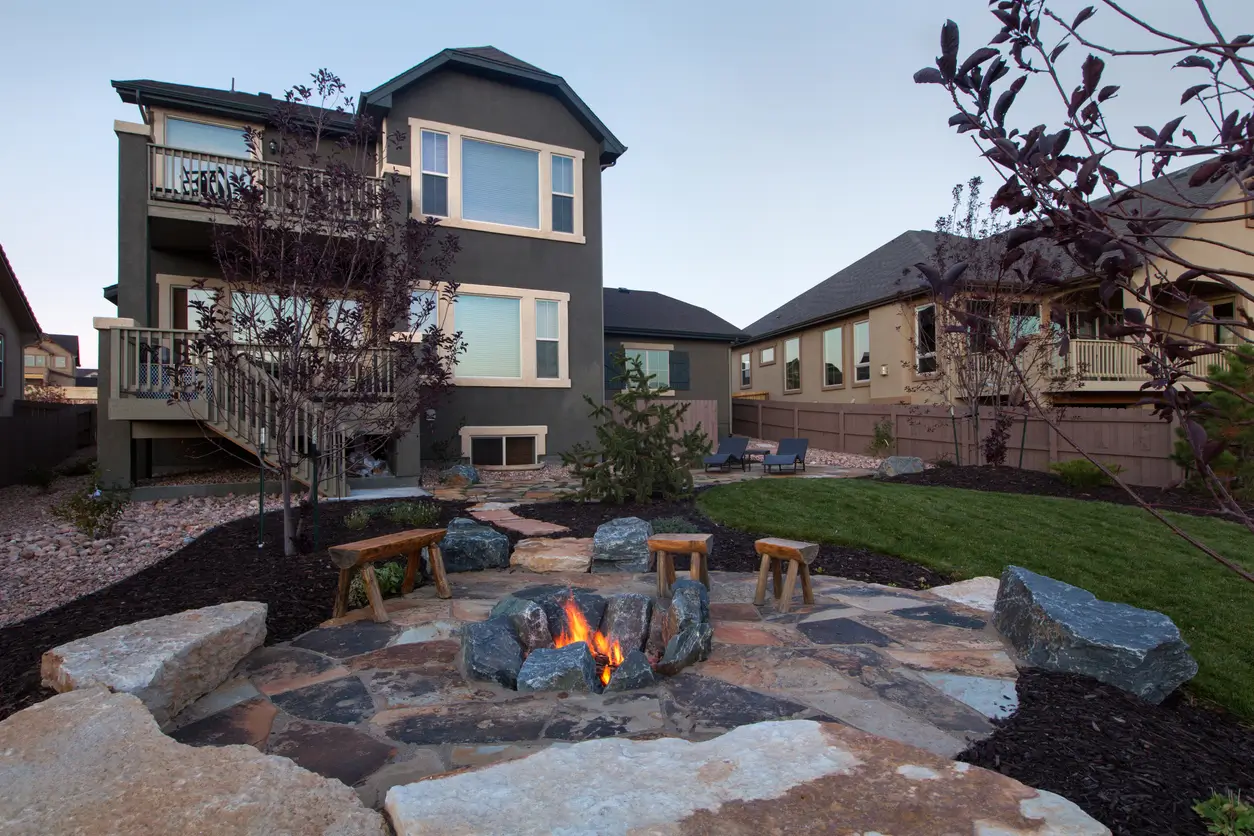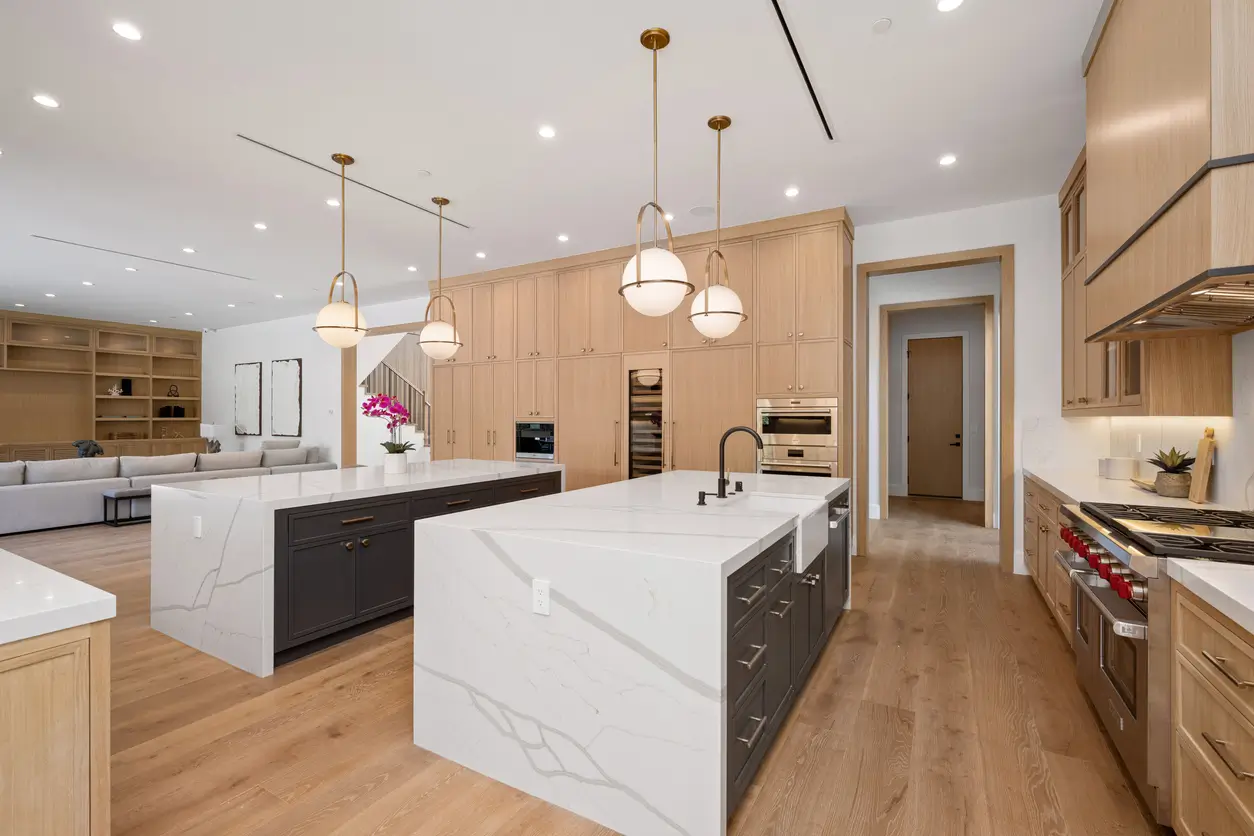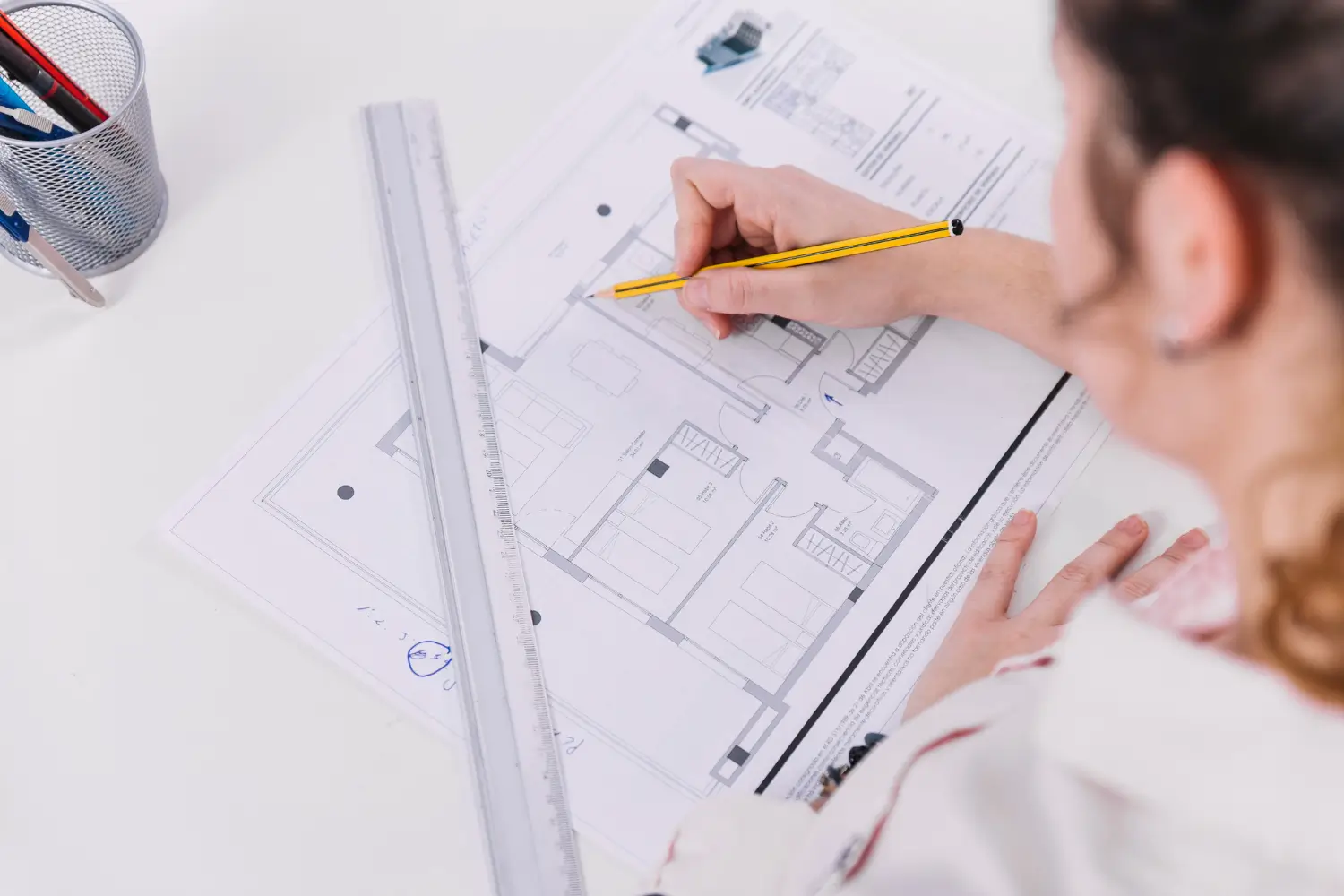Choosing the suitable deck material depends on factors like durability, maintenance, cost, and environmental impact. Composite decking offers high durability and low maintenance but is more expensive. Natural wood provides classic beauty but requires regular upkeep. PVC decking is highly durable and low maintenance but costly. Pressure-treated lumber is affordable but demands frequent maintenance. Evaluate your specific needs to make the best choice.
Critical Considerations for Deck Materials
Weather Resistance
Your deck material must withstand various weather conditions, from intense sun to heavy rain and snow. Durability is crucial, especially in regions with harsh climates. Natural wood can warp or rot without proper maintenance, while composite and PVC decking offer better resistance to weathering.
Maintenance Requirements
Different materials require varying levels of maintenance. Natural wood decks need regular sealing and staining to maintain their appearance and structural integrity. In contrast, composite and PVC decks are more low-maintenance, usually requiring occasional cleaning.
Upfront and Long-Term Costs
Consider both the initial cost of the material and the long-term maintenance expenses. While some materials may be cheaper upfront, they could cost more in maintenance over time. For example, pressure-treated wood is often initially less expensive but requires regular maintenance, which adds to the overall cost.
Popular Deck Materials
1. Natural Wood
Natural wood decking, such as cedar, redwood, and tropical hardwoods, offers a classic and timeless look. It provides a natural warmth and beauty that is hard to replicate with synthetic materials.
Pros
- Aesthetic Appeal: Natural wood provides a classic, timeless look.
- Variety: Available in different types, such as cedar, redwood, and pressure-treated pine.
Cons
- Maintenance: Requires regular sealing and staining to prevent rot and insect damage.
- Durability: Susceptible to splintering, warping, and rotting over time.
Composite Decking
Composite decking is made from a mixture of wood fibers and plastic. This combination creates a durable and low-maintenance material that mimics the appearance of natural wood without the same level of upkeep.
Pros
- Durability: Highly resistant to rot, warping, and insect damage.
- Low Maintenance: Requires minimal upkeep, typically just cleaning with soap and water.
- Eco-Friendly: Often made from recycled materials.
Cons
- Cost: Higher upfront cost compared to natural wood.
- Aesthetic: Some people feel it has a different natural look and feel than wood.
Composite decking has been an excellent choice for me, offering the perfect balance of durability, low maintenance, and environmental friendliness.
PVC Decking
PVC decking is made entirely from polyvinyl chloride. It is a durable, low-maintenance material resistant to moisture, insects, and fading. PVC decking is known for its longevity and ease of care.
Pros
- Durability: Extremely resistant to moisture, insects, and fading.
- Low Maintenance: Requires very little maintenance.
- Lightweight: Easier to handle and install compared to other materials.
Cons
- Cost: One of the most expensive decking materials.
- Aesthetic: It can look less natural compared to wood and composite options
Pressure-Treated Wood
Pressure-treated wood is infused with chemicals to resist rot, insects, and fungal decay. It is an economical option widely available and commonly used for decking.
Pros
- Cost-Effective: Generally the most affordable option.
- Durability: Treated to resist rot and insect damage.
- Versatility: This can be stained or painted to match your desired look.
Cons
- Maintenance: Requires regular maintenance, including sealing and staining.
- Environmental Concerns: Chemicals used in the treatment process can harm the environment.
Conclusion
Choosing the suitable deck material for your deck build depends on balancing factors such as durability, maintenance, cost, and environmental impact. Natural wood offers classic beauty but requires high maintenance. Composite and PVC decking provide durability and low maintenance but at a higher price. Pressure-treated lumber is affordable but demands regular upkeep.
Evaluate your specific needs and preferences to choose your deck best. Based on my experience, composite decking provided the best overall value, combining low maintenance with durability and eco-friendliness.

